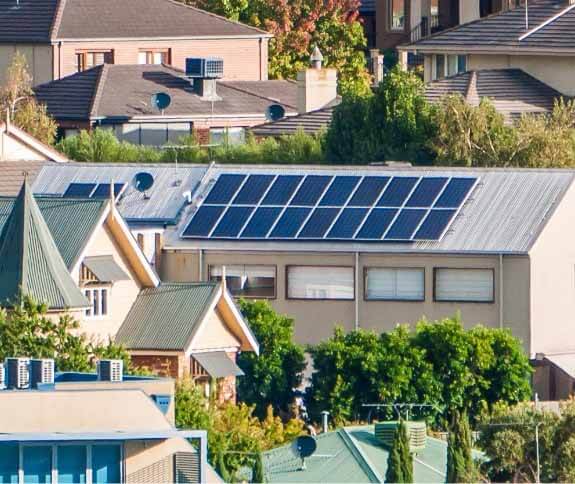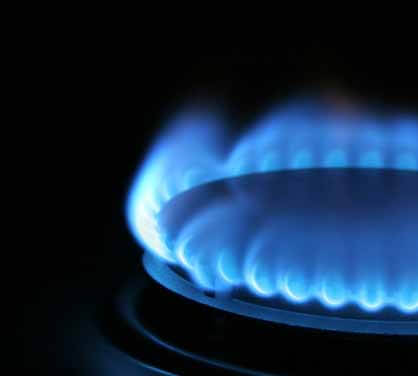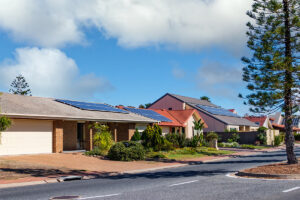Firstly, what is a solar inverter?
A solar inverter is a wonderful little piece of technology that converts Direct Current electricity (DC electricity) produced by your PV (photovoltaic) panels into Alternating Current electricity (AC electricity). All of your appliances and home’s electronics operate by using AC electricity.
Solar inverters are essentially the gatekeepers to the entire process of harnessing solar power — without them, a solar power system would be nothing more than very expensive black roof tiles. On top of this, a solar inverter acts as a vital safety net and supervisor. They monitor performance and convert DC electricity to an AC output before its voltage becomes dangerous.
As you can see in the image above, solar inverters interact with every part of your solar systems, which is why they’re often referred to as the ‘brains’ of the operation.
It’s generally advised to allocate more of your budget to your solar panel inverter and opt for more budget-friendly solar panels if affordability is an important factor to you.
Need help choosing the right type of solar panel inverter?
With so many brands and different types of inverters vying for your attention, it can be hard to separate the wheat from the chaff.
What PV inverter should you choose? What solar panel inverter is best for your home — and an even better question — why?
Don’t stress if it seems like lots to get your head around, our summary below of the different types of best solar inverters should help!
String inverters
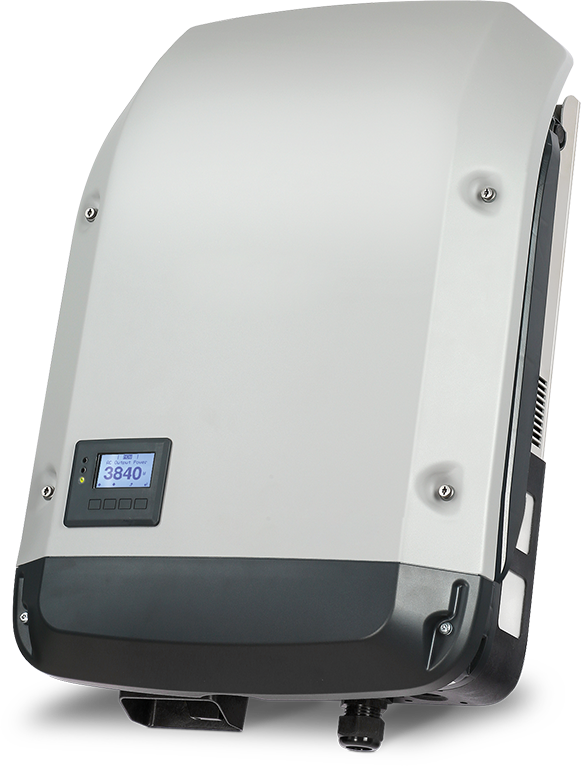
Reliable, affordable and scalable, string inverters are the most commonly used types of solar inverters in Australia and the world. It is aptly named as each solar panel in the system is connected in a string-like formation. They are generally wall-mounted on the home, inside or outside, but sheltered from the elements.
Micro inverters
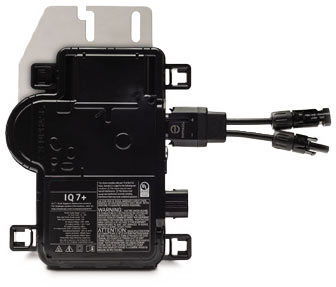
Expensive, intricate, and innovative, micro inverters are exactly as the name suggests — miniaturised inverters.
They are connected to each individual solar panel and responsible for converting DC and monitoring only the solar panel it’s attached to. This is one of the primary micro inverter advantages.
This provides excellent opportunities for optimisation and reduces any redundancies in one panel that may affect the entire solar energy system. For example, if one solar panel in a system using a string inverter is shaded by a tree, the entire string of panels will be negatively affected. Picture stepping on a hose – water may still come out the end, but with much less power and volume.
Optimised string inverters
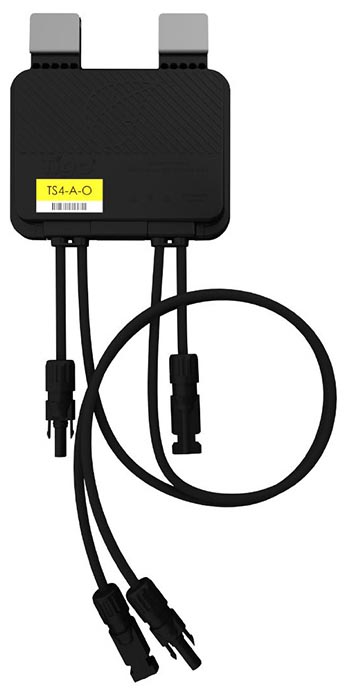
Often considered a compromise between a pure string inverter or micro inverters, optimised string inverters aim to nullify the weaknesses of the other two types. Each panel has its own optimiser, which feeds back to a single string inverter, helping to monitor and regulate different amounts of DC electricity produced by each solar panel.
Hybrid inverters
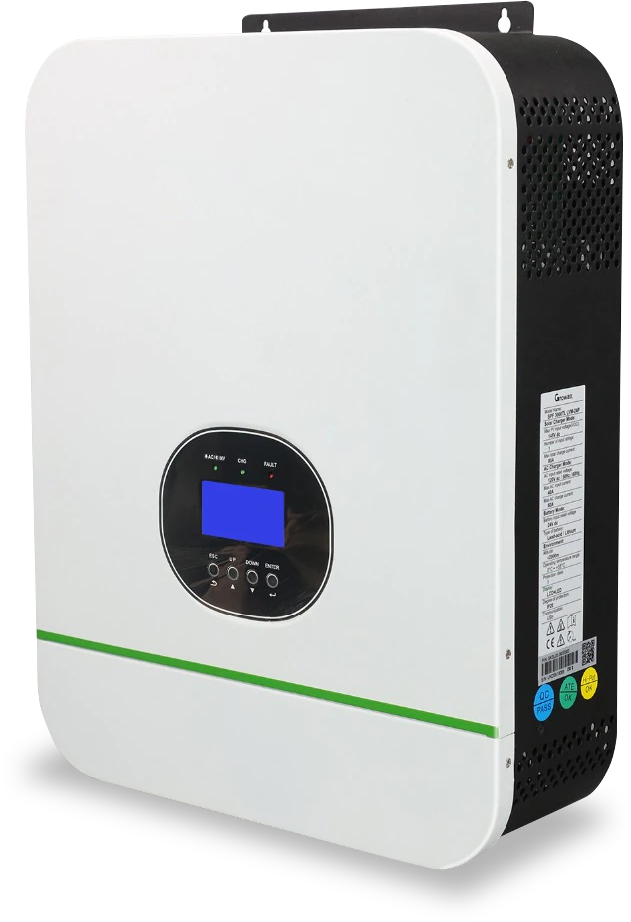
Useful and versatile, hybrid inverters allow you to plug batteries into your solar panel system with a method called DC coupling. This allows you to store, monitor and use solar power produced by your panels at night, or in off-grid periods such as grid power outages.
Battery inverters
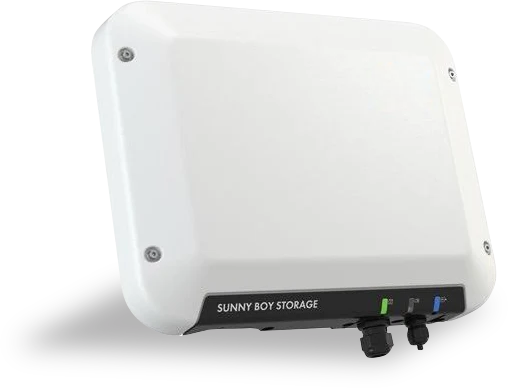
Great for improving or adapting an existing system, a separate battery inverter allows you to incorporate battery storage capabilities into your solar panel system.
| Pros | Cons | When to Use Them | |
String Inverters
 |
|
|
|
Hybrid Inverters
 |
|
|
|
Micro Inverters
 |
|
|
|
String Inverters
Pros
Cons
When to use them
|
Hybrid Inverters
Pros
Cons
When to use them
|
Micro Inverters
Pros
Cons
When to use them
|
Solar inverter system comparison
Even though they often pay themselves off after a few years, investing in a solar panel system is not something to rush. With entire systems usually costing between $4,500 and $10,000, choosing the right solar inverter for your system is an absolute must.
At Solar Market, we’ve done what we do best and analysed hundreds of solar inverter systems to bring you the leading solar inverters currently in the industry.
Picking a solar inverter system: pros and cons
| Inverter | What We Love | What We Don’t Like | |
Top-End Choice
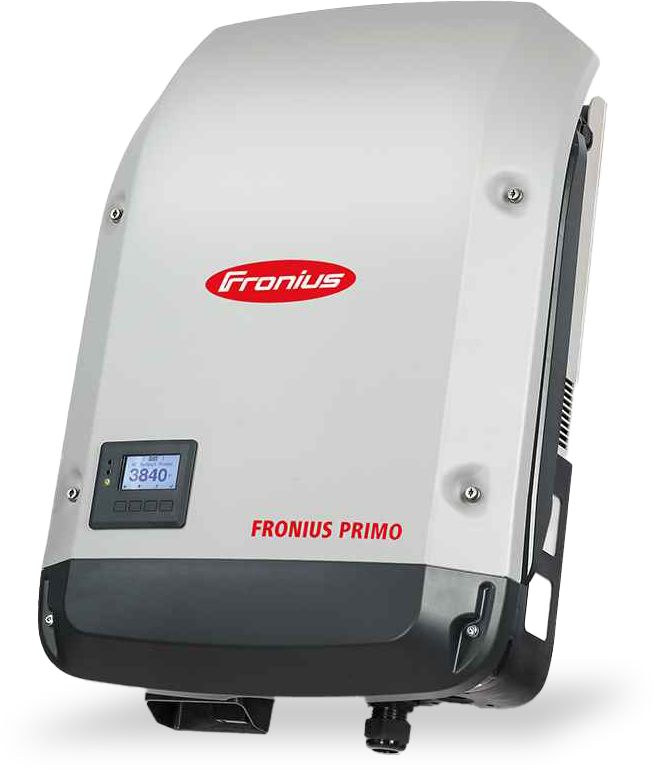
|
FRONIUS Primo 5.0-1 AUS |
|
|
Best All-Rounder
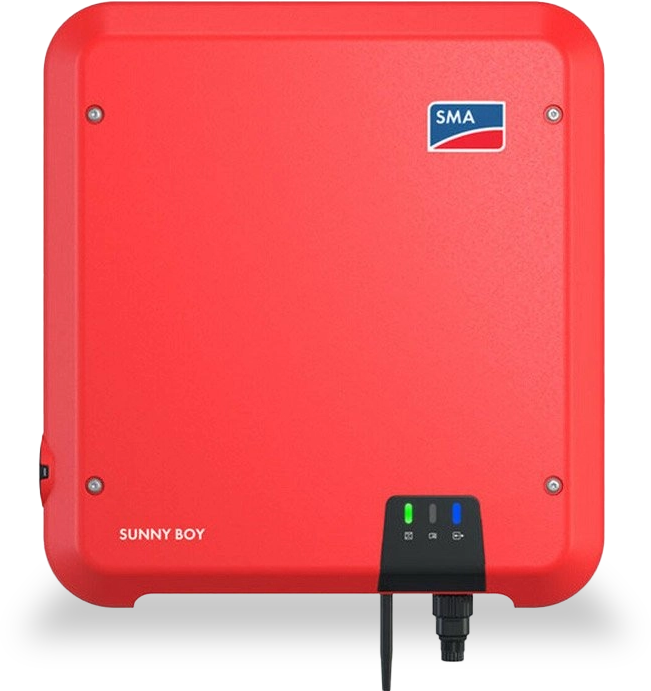
|
SMA SB5.0-1AV-41 |
|
|
Most Budget-Friendly
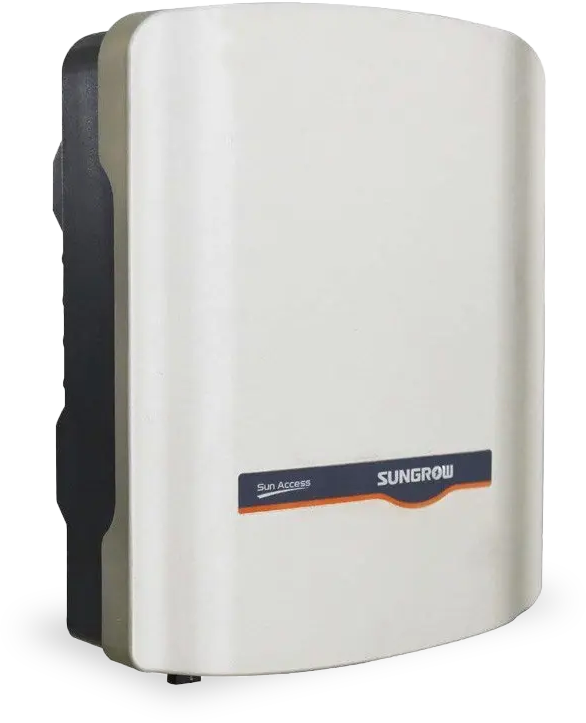
|
SUNGROW SG5K-D Premium |
|
|
Best Micro Inverter
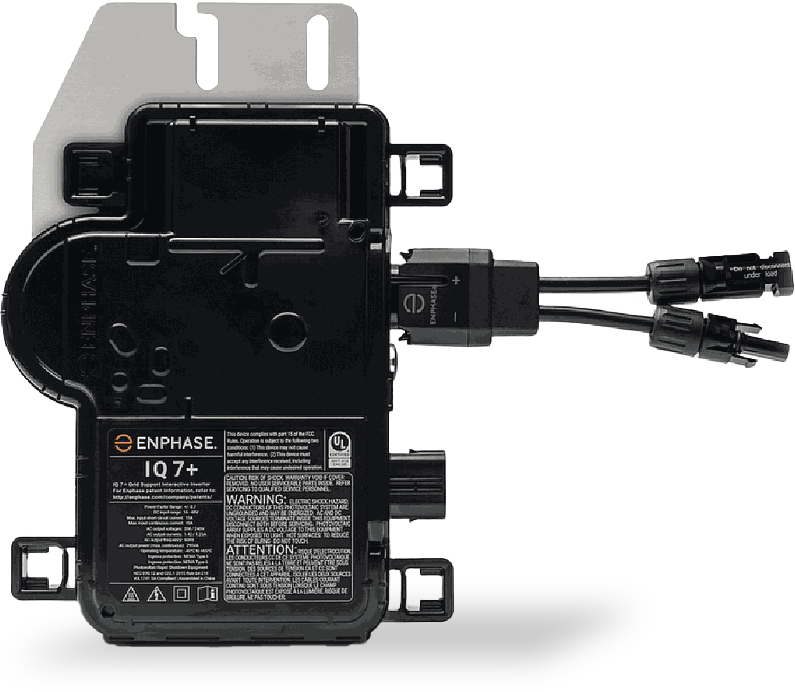
|
ENPHASE IQ-7 Series |
|
|
Top-End Choice
Inverter
FRONIUS Primo 5.0-1 AUS
What We Love
What We Don’t Like
|
Best All-Rounder
Inverter
SMA SB5.0-1AV-41
What We Love
What We Don’t Like
|
Most Budget-Friendly
Inverter
SUNGROW SG5K-D Premium
What We Love
What We Don’t Like
|
Best Micro Inverter
Inverter
ENPHASE IQ-7 Series
What We Love
What We Don’t Like
|
FAQs
What is the lifespan of a solar inverter and can I get a warranty?
The average lifespan of a string inverter (most common in Australia) is 10-15 years. To ensure adequate protection is provided to Australians invested in solar inverters, most providers offer warranties of up to 10 years, with options to extend. Remember! Always double-check to see if parts and labour are included in your warranty.
Is my inverter battery-ready?
“Battery-ready” inverters are essentially another term for a hybrid inverter. If you have opted for a hybrid inverter when choosing between different types of inverters, then your solar panel system is 100% battery ready, yes. However, it is possible to make alterations to any system and make them technically battery-ready—one such method is to simply add a second inverter called a battery inverter to your existing solar inverter, for example.
What should I look for in a solar inverter quote?
A proven track record in Australia, both of the company in question and of the particular solar inverter. This is important as reviews of inverters that perform well in other climates might not translate to the harsh heat of Australia.
Also, make sure the developer of the solar inverter or the third-party installing has positive reviews of tradesmanship and client testimonials from real Australians, longer than or at least industry standard warranties on offer and that the solar inverter being quoted complies with the Australian Standard (AS4777). This can be checked on Clean Energy Council.
Sound like a mouthful? Why not get free quotes on your solar inverter system from Solar Market? We make sure all of these needs are met and more!
Where is my solar inverter in my solar panel system?
This depends on the type of solar inverter being used in your system. Micro-inverters will typically be installed underneath each individual solar panel; hybrid and string inverters are likely to be mounted on a residential wall—inside or outside, safe from exposure to the elements and easily accessible for ease of maintenance. Your technician will inform you of the current or planned location of your solar panel inverter
How much does a solar inverter cost within my solar panel system?
Based on a 5kW version of the different types of inverters we reviewed above, prices are likely to range from $1,000 (SunGrow) to $2,000 (Fronius). This is estimated to account for 15-35% of the complete cost of a solar system.
What are grid-tied solar inverters?
This one sounds more complicated than it actually is.
A grid-tied solar inverter simply refers to a solar inverter that is connected to the energy grid.
So basically 99% of rooftop solar inverters in Australia
Unless you’re living way out in the bush, off grid, in a home totally cut off from mains electricity, you’re going to have a grid-tied solar inverter.
Now that we’ve got that out of the way, what does it mean?
When your solar inverter is grid-tied it’s able to feed any excess energy that’s not being used by you to run your lights and appliances back through the poles and wires to be used by the rest of the grid that has need for it.
Your energy provider pays you for this energy that you export with what’s known as a feed-in tariff (FiT).
Your solar inverter is constantly monitoring your usage and communicating with the grid to ensure it remains stable and to make sure you’re maximising the benefit you get form the energy your solar panels are producing.
